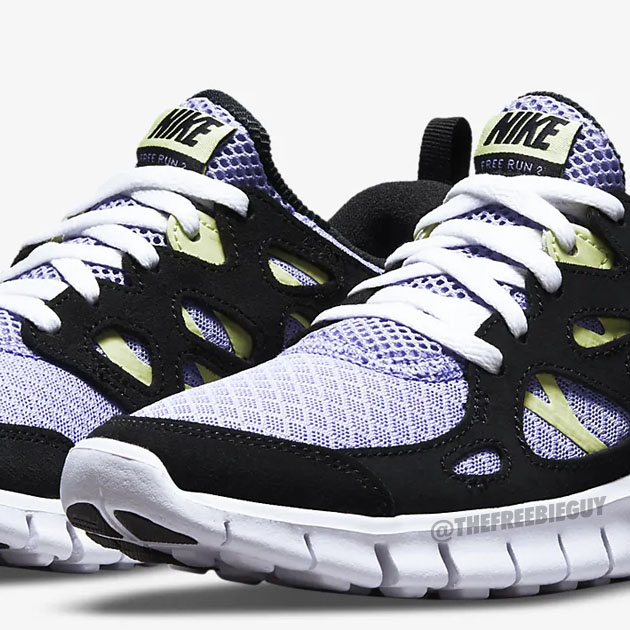In an era where climate change looms as a pressing concern and urban living evolves at breakneck speed, the quest for sustainable transportation solutions has never been more critical. As cities swell and the need for efficient mobility intensifies, the conversation surrounding how we navigate our communities is gaining momentum. Enter public transit and cycling—two underappreciated champions of sustainability that are proving to be stronger contenders than the familiar comforts of driving and the convenience of taxis. In this exploration of the greener side of transportation, we will uncover the myriad benefits of embracing these eco-friendly options, examining not only their environmental impact but also their potential to reshape urban landscapes, enhance public health, and foster a sense of community. Prepare to journey with us into the world of sustainable travel, where the roads less taken may just lead to a brighter, cleaner future.
Exploring the Environmental Benefits of Public Transit and Cycling for Urban Living
Urban environments, often marred by traffic congestion and air pollution, stand to gain significantly from a shift towards public transit and cycling as primary modes of transport. **Public transit systems**, such as buses and trains, can drastically reduce the number of vehicles on the road, leading to fewer greenhouse gas emissions and less reliance on fossil fuels. Similarly, **cycling** presents a sustainable alternative that not only lowers emissions but also contributes to improved public health by promoting physical activity. Key benefits include:
- Reduction in Carbon Footprint: Public transport and bicycles produce significantly less CO2 compared to private cars.
- Less Traffic Congestion: Fewer personal vehicles lead to smoother traffic flow and reduced travel times.
- Better Air Quality: Decreased emissions contribute to cleaner air, benefiting urban communities.
- Low Maintenance Costs: Public transportation systems can be more economical over time compared to maintaining private vehicles.
Implementing and promoting these modes of transport can transform urban living, making cities not only more sustainable but also more pleasant for their inhabitants. Below is a quick comparison that illustrates the environmental impact of different transportation methods:
| Transportation Mode | Average CO2 Emissions (g/km) | Space Efficiency (people/km²) |
|---|---|---|
| Car | 140 | 30 |
| Bus | 50 | 300 |
| Train | 45 | 500 |
| Cycling | 0 | 50 (individuals per bike) |
Choosing to utilize public transit and cycling not only creates a more eco-friendly city but fosters a sense of community as well, paving the way for healthier and more connected urban experiences.
Empowering Communities: Strategies to Enhance Public Transit Accessibility and Promote Cycling
To create a more accessible and sustainable urban environment, it’s essential to focus on empowerment strategies that enhance public transit and promote cycling. Engaging the community through **interactive workshops** and **feedback sessions** can help transport authorities understand and address local mobility challenges. Here are some effective strategies:
- Infrastructure Development: Invest in safe bike lanes and well-maintained public transit facilities.
- Community Engagement: Involve local residents in decision-making processes to better meet their needs.
- Education Campaigns: Implement initiatives that inform the public about the benefits of cycling and public transit, such as cost savings and environmental impacts.
- Incentives: Offer subsidies or rewards for users who shift from private vehicles to public transit or biking.
- Accessibility Features: Ensure that public transport is equipped with amenities that cater to all users, including those with disabilities.
| Strategy | Impact |
|---|---|
| Infrastructure Development | Increased safety and usability for cyclists. |
| Community Engagement | Higher satisfaction and tailored services. |
| Education Campaigns | Greater community adoption of green transport. |
| Incentives | Increased users of public transit and bikes. |
| Accessibility Features | Inclusive transit options for all individuals. |
The Way Forward
as we navigate the intricate web of our urban landscapes, it becomes increasingly clear that the choices we make in transportation profoundly impact not only our environment but also our quality of life. Embracing public transit and cycling stands as a testament to our commitment to sustainability, community connection, and personal well-being. While cars and taxis may offer comfort and convenience, they often come at a hidden cost—one that weighs heavily on our planet.
As we look ahead, the path to greener cities is illuminated by the vibrant energy of bustling bus routes, the rhythmic sound of bike tires on pavement, and the shared experience of commuters moving in harmony with their environment. Each pedal stroke and transit ride is a step towards a brighter, more sustainable future.
So, as you consider your next journey, think beyond the driver’s seat. Whether it’s hopping onto a bus or cycling along scenic routes, remember that the journey to go green doesn’t just change our surroundings—it transforms us, fostering a deep connection to our communities and the world around us. Together, let’s choose paths that lead not only to our destinations but also to a healthier planet for generations to come.










